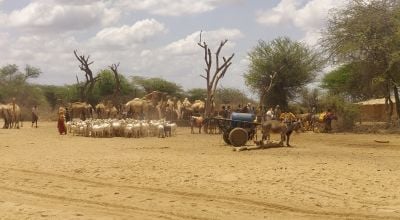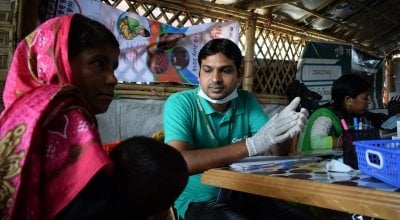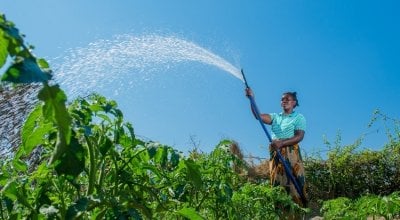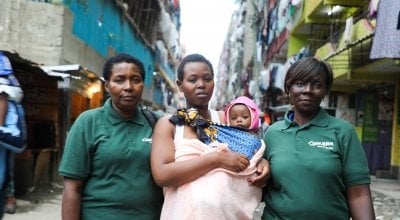
Read our 2023 annual report

Knowledge Hub
Why are we in Ethiopia? Ethiopia is particularly vulnerable to climate-related shocks, such as droughts and floods, with over 80% of the rural population dependent on rain-fed agriculture. It faces the added challenges of hosting over 867,000 refugees from other countries, as well as both recent and ongoing localised conflicts.
The rains returned to Ethiopia, but its crisis is far from over
Five consecutive failed rainy seasons in the greater Horn of Africa resulted in the region’s worst drought in 40 years. In Ethiopia alone, 17.2 million people required humanitarian assistance as a result of the drought, which killed over 4.5 million livestock and contributed to a hunger crisis that’s still affecting some 20 million people.
The rains that arrived in Ethiopia in summer 2023 were not a fix-all solution. Not only did the rainfall lead to flooding in some areas, it will still take years for millions to recover from the drought. In total for 2024, the UN’s Office for the Coordination of Humanitarian Affairs estimates that 28.6 million Ethiopians will require humanitarian assistance.
Latest achievements
Health & nutrition
In the Tigray region, Concern screened nearly 133,000 children under the age of five and over 36,000 pregnant and lactating women for malnutrition. Diagnosed cases of acute malnutrition saw an 86% cure rate.
Cash transfers
Education



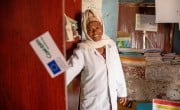
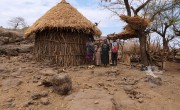
How we're helping Ethiopia
We are working hard to combat suffering and build resilience in Ethiopia. We are doing this by establishing programmes which will improve livelihoods, tackle gender equality and increase humanitarian response.
Latest from Ethiopia

Other ways to help
Corporate support
Is your company interested in working together for a common cause?
Fundraise for Concern
From mountain trekking to marathon running, cake sales to table quizzes, there are lots of ways you can support our work.
Buy a gift
With an extensive range of alternative gifts, we have something to suit everybody.
Leave a gift in your will
Leave the world a better place with a life-changing legacy.
Volunteer with Concern
The lots of ways to get involved with our work as a volunteer
School fundraising
Without the generous support from schools, we wouldn't be able to do the work that we do.







